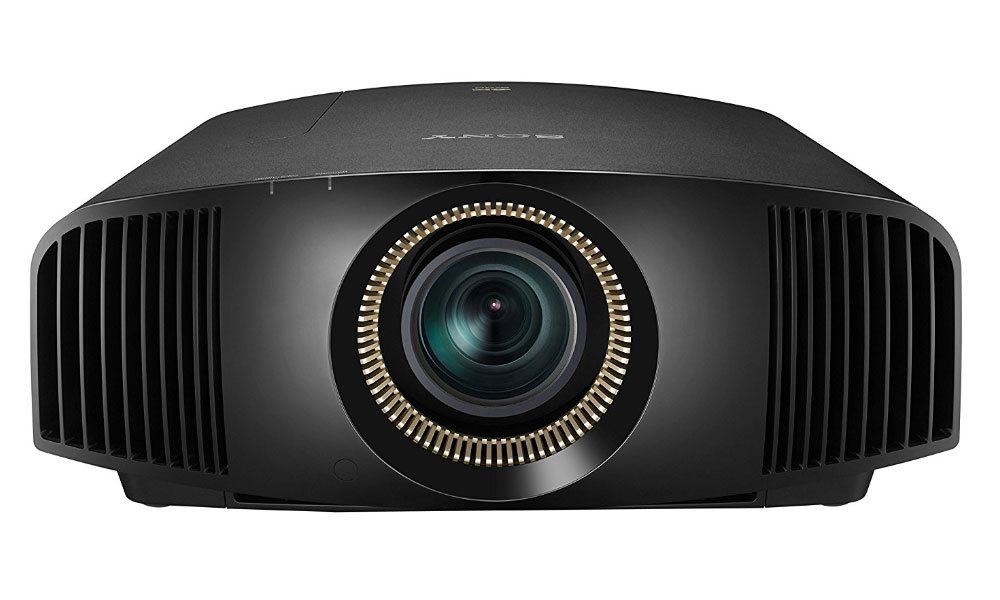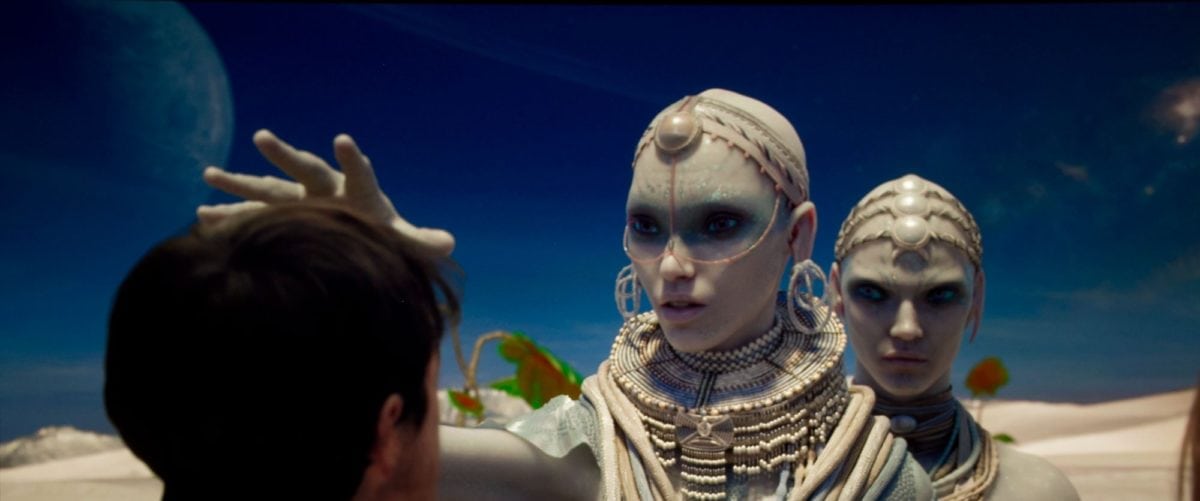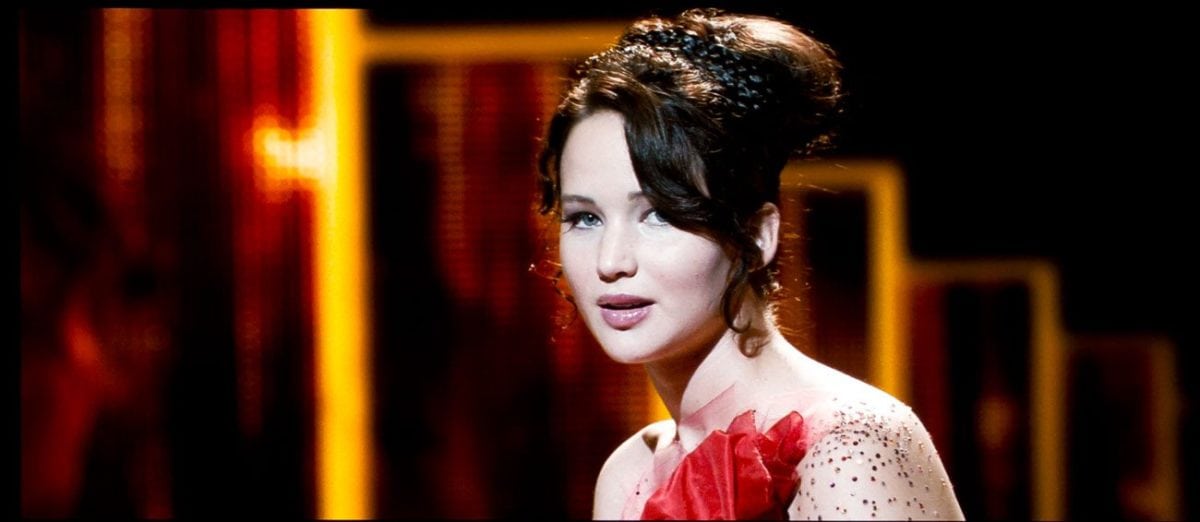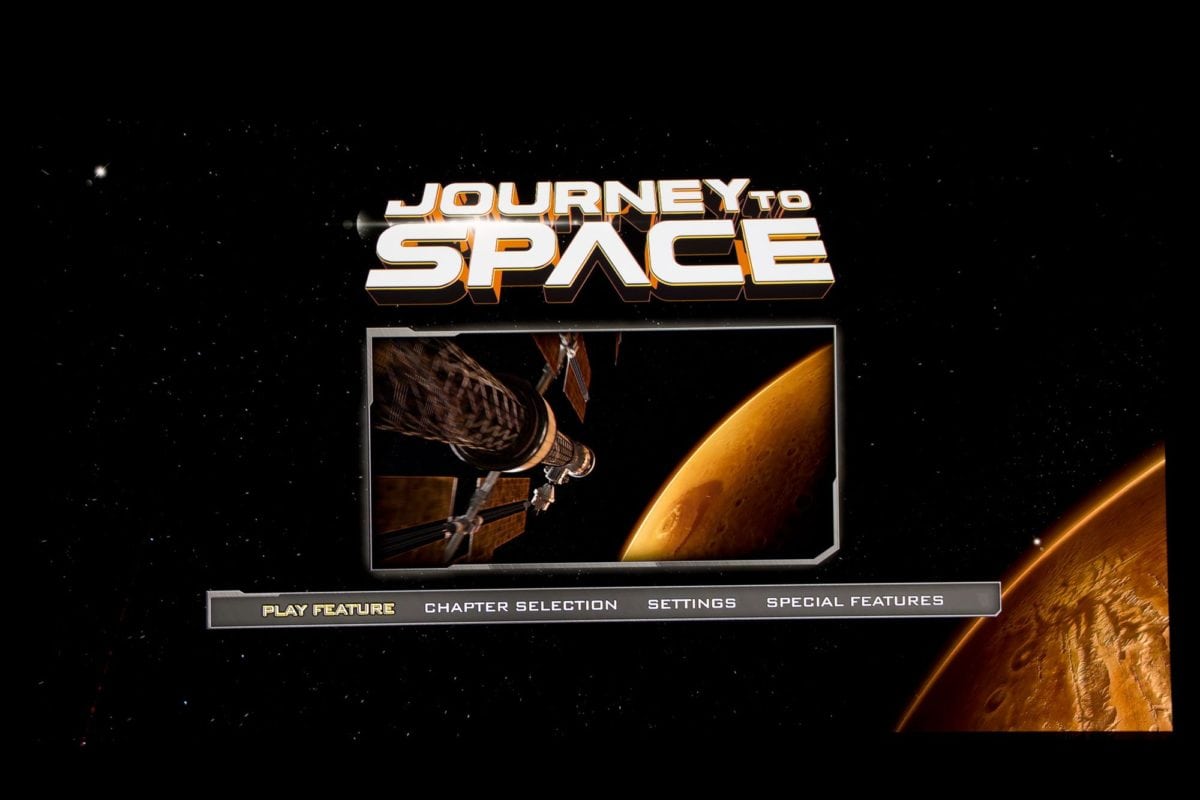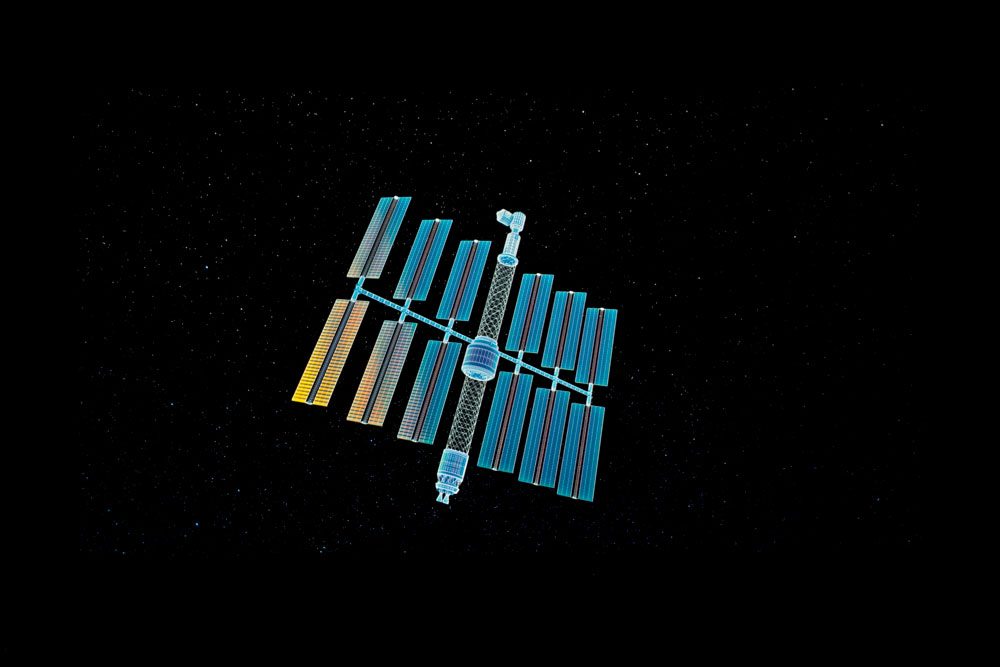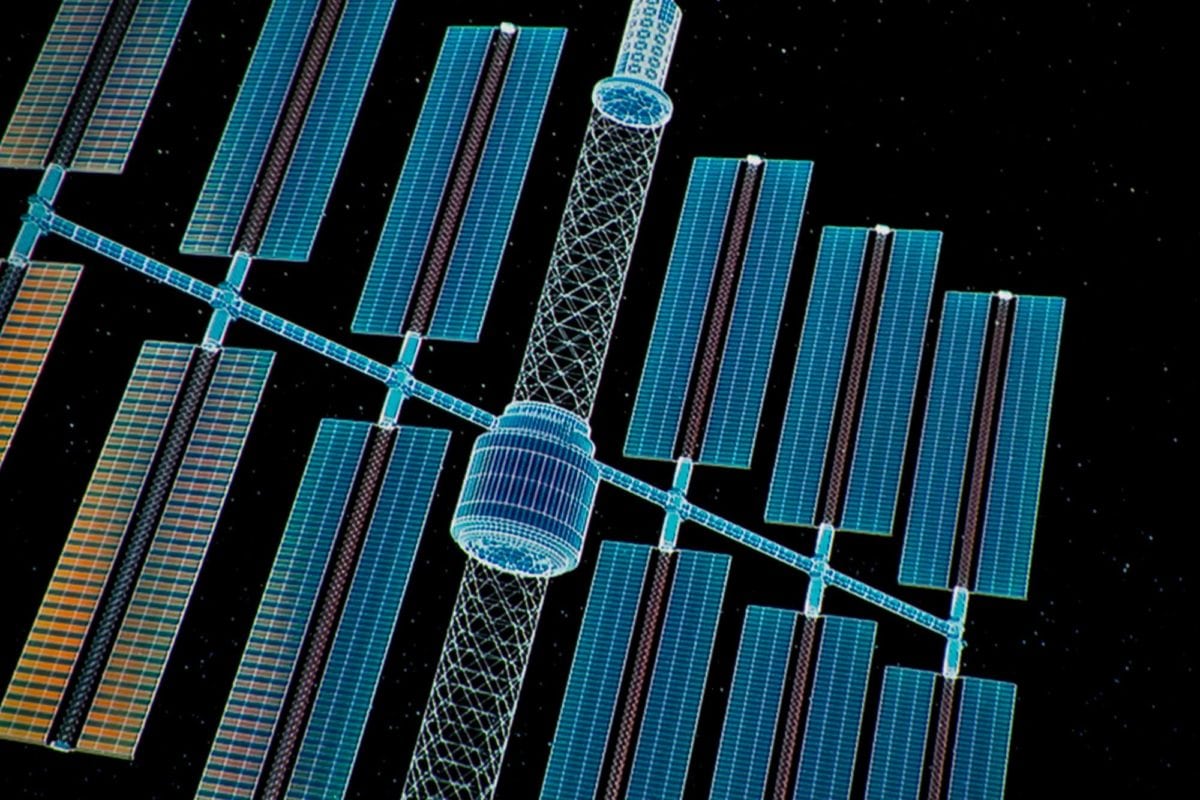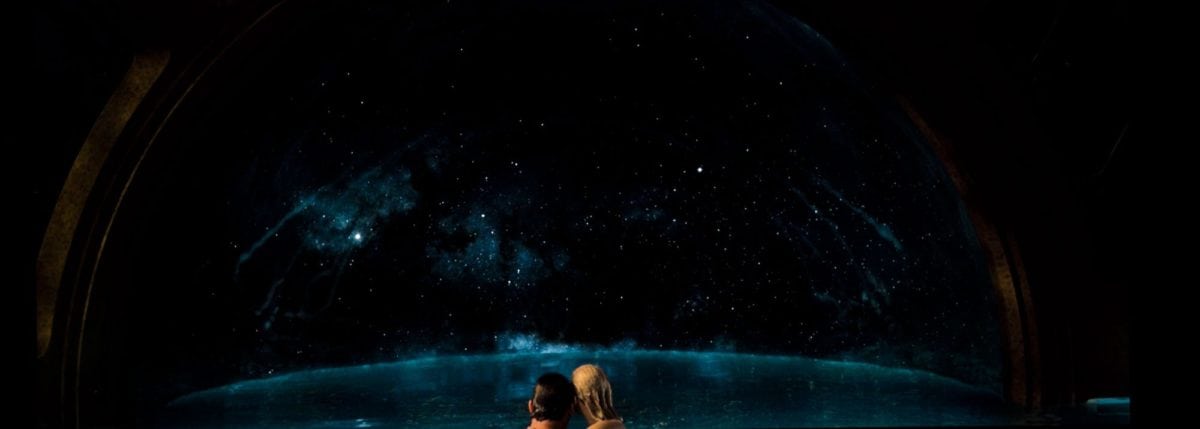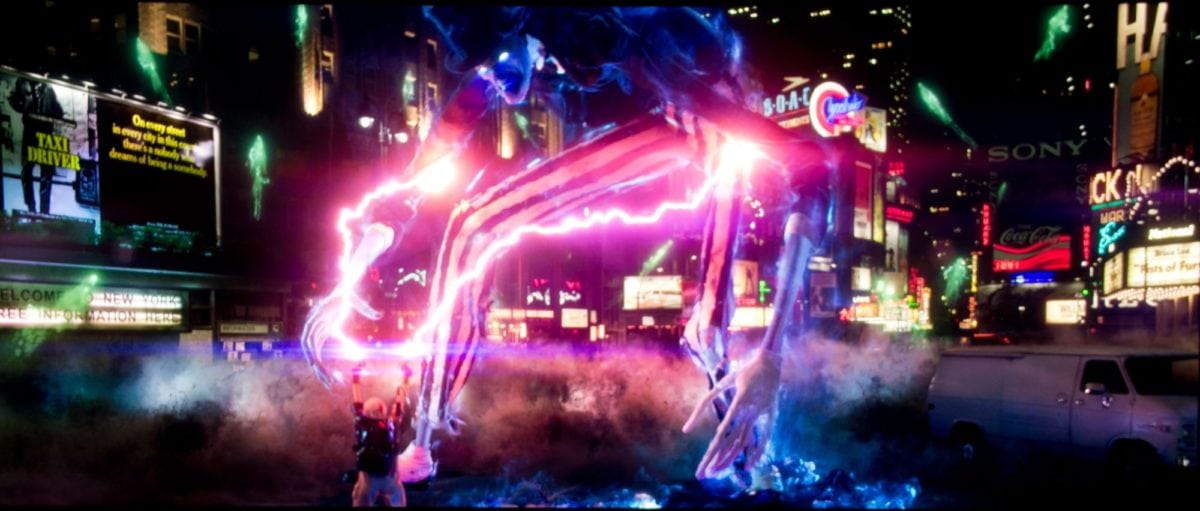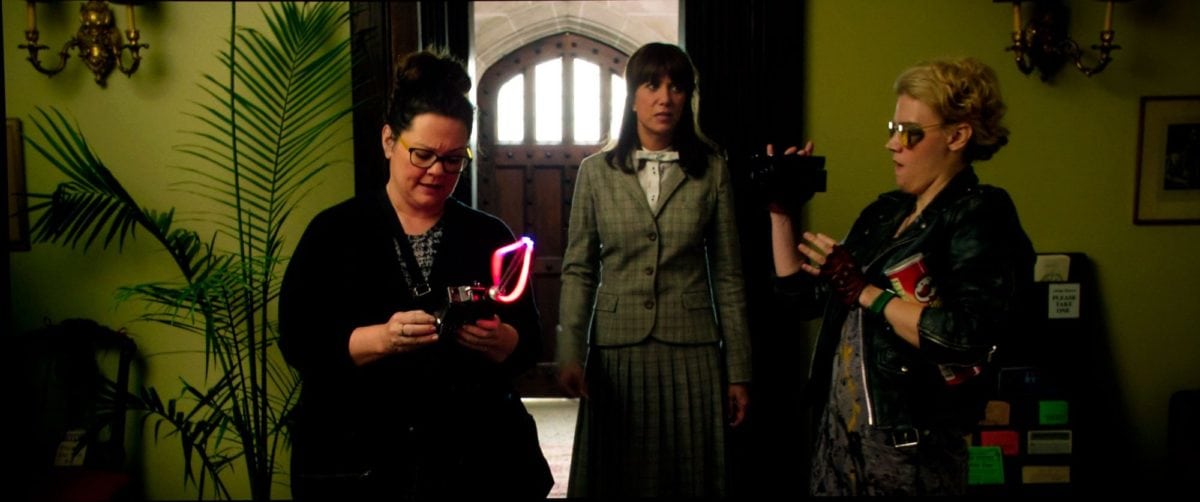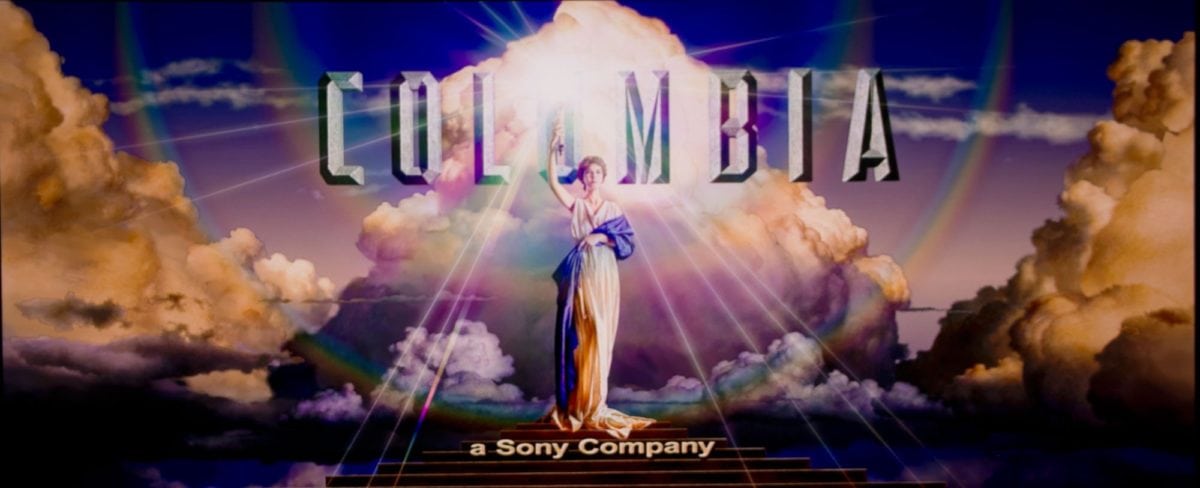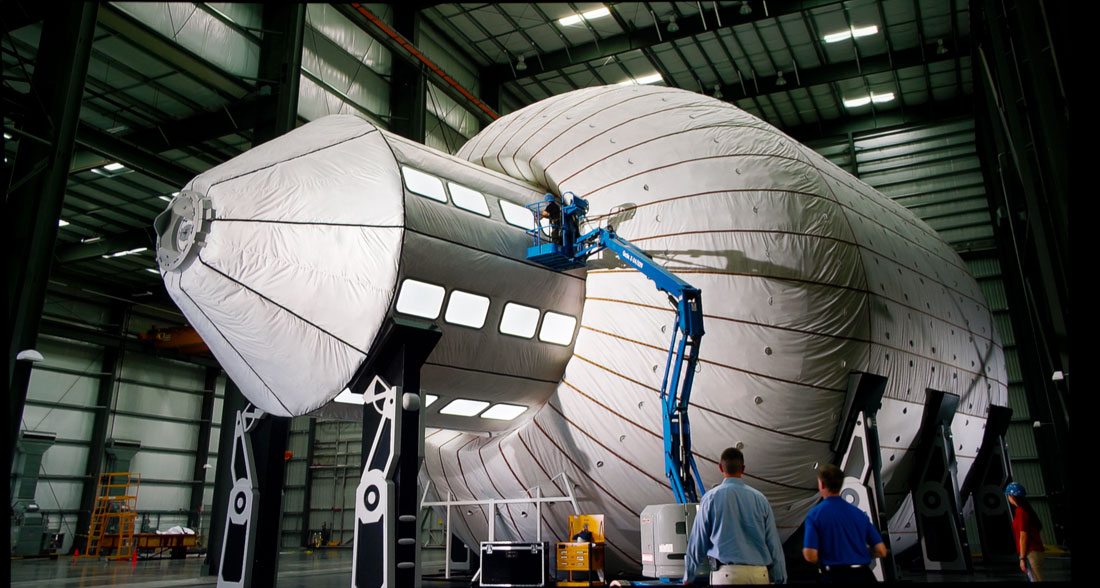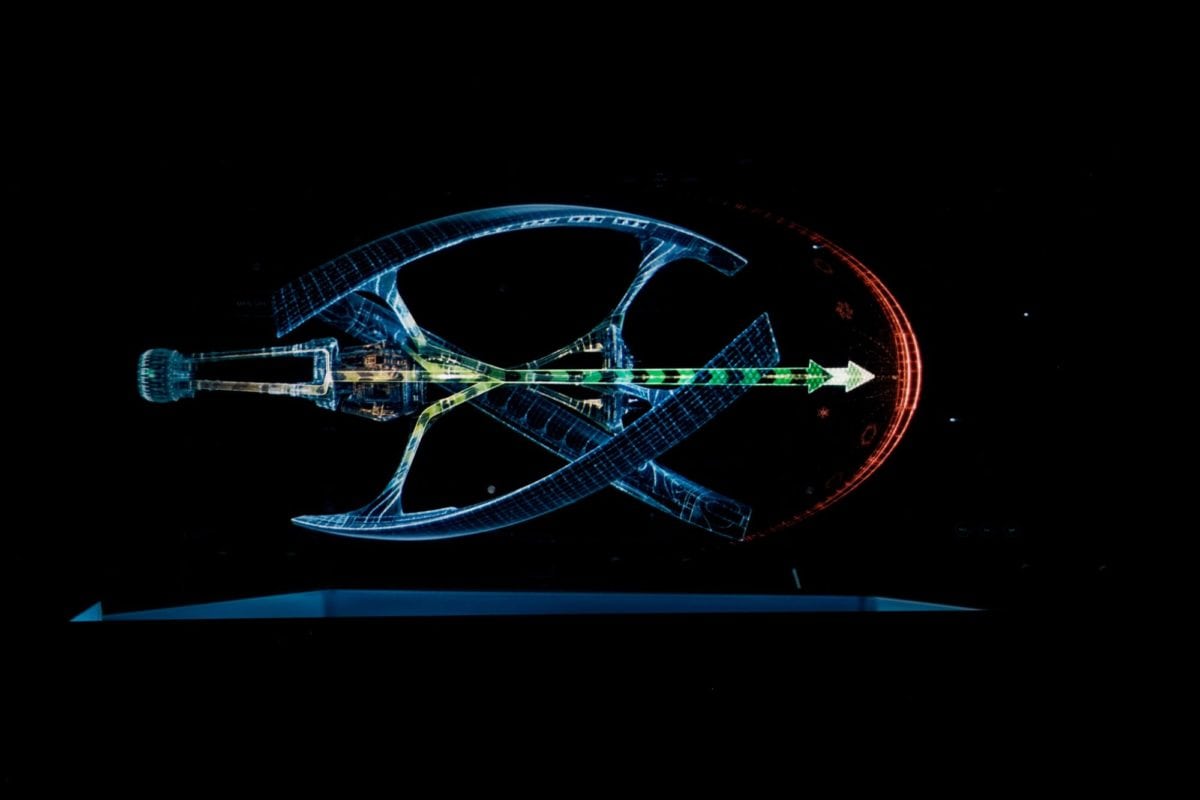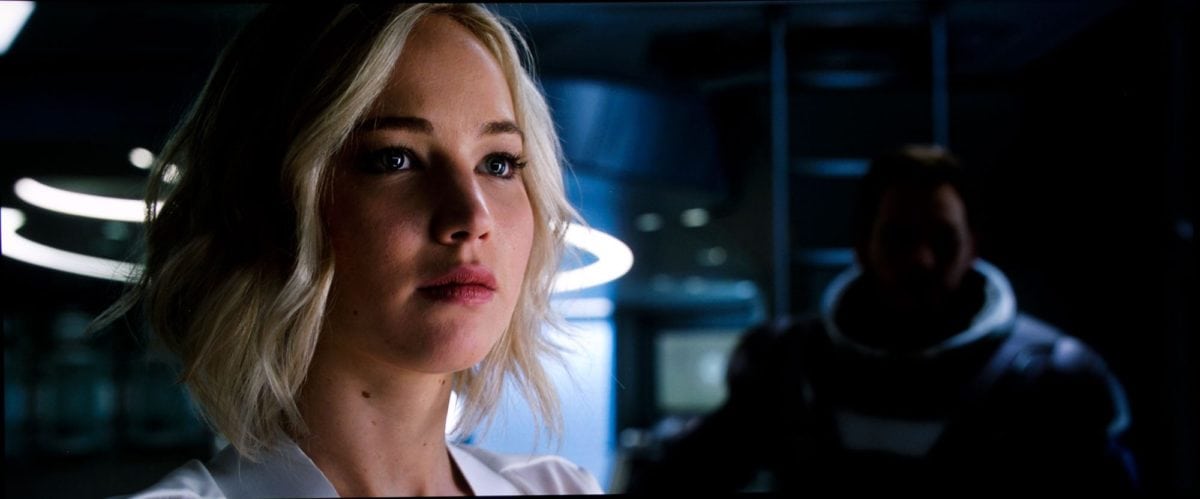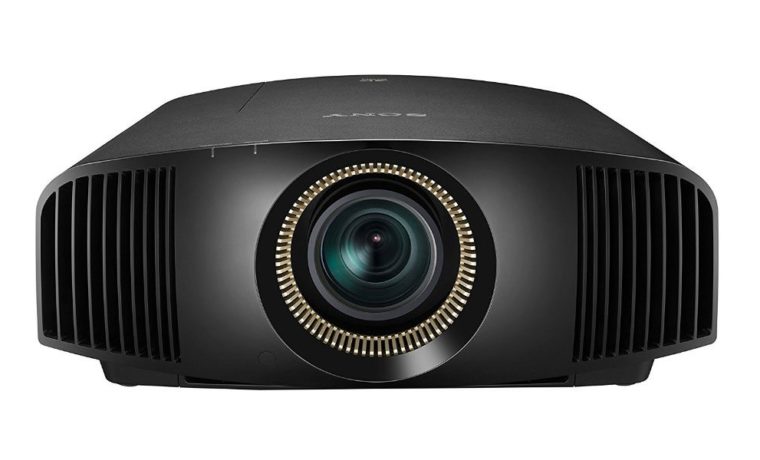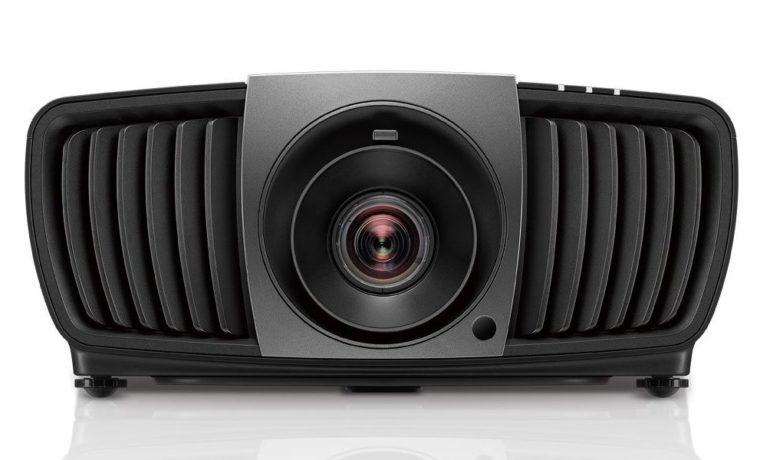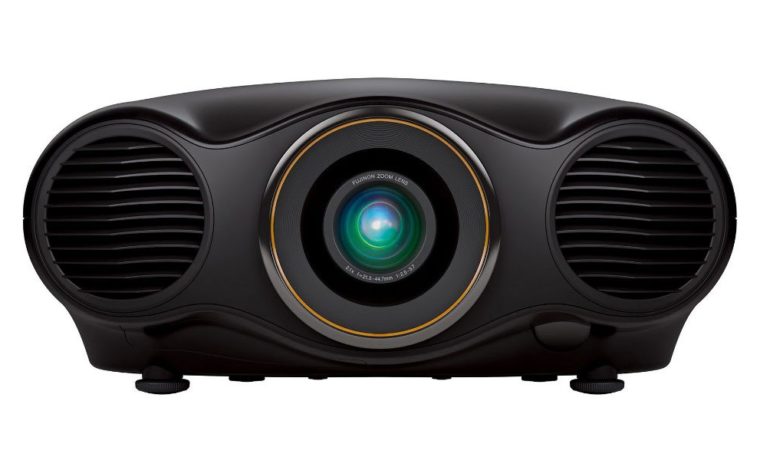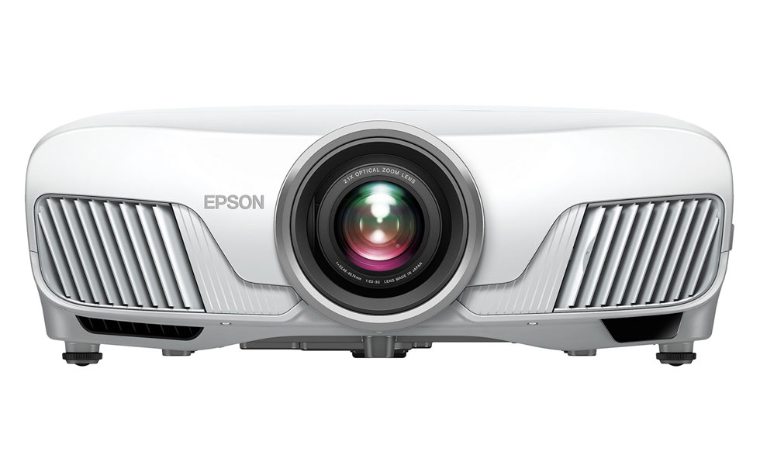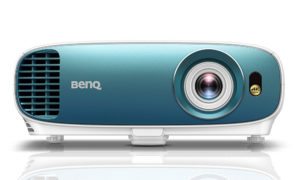Our next entry is also solid state, that is Epson’s LS10500 – their flagship – and the same price as the Sony, with a dual laser design that tackles both HDR and BT.2020/P3. It will beat the Sony in terms of wider color space, and is about as bright, but as a 1080p pixel shifter (1920x1080x2), it will not be as sharp. This is going to be a visible difference sitting 8-10 feet from my 124” diagonal screen (which is where I like to sit when viewing 4K content!). The Epson laser will hold its color accurately longer, as will any good laser projector, of course, and like the Sony, the Epson can produce excellent color (it calibrates beautifully). It, too, offers Lens Memory. It’s one of the more interesting alternatives, and might be your choice, if you sit further back, so that the very modest sharpness and detail difference isn’t visible.
I’ll mention JVC only briefly, as we haven’t been able to get JVC to send us a projector to review in, I think, now over 4 years. One of my reviewers (Ron), now retired, did a review 3 years ago on their old $12K projector, but it’s been too long for me. (I keep asking, and hoping). Anyway, last I looked, JVC is the only place you will find a $7K projector that can beat the Sony at black levels, but, like the Epson, it’s a 1080p pixel shifter (1920x1080 x2). Based on my experience (and Ron’s for that matter) however, JVC has often struggled, compared to others, with image processing. The Epson pixel shifters we’ve reviewed have always performed far better on processing higher resolution information. On test patterns, it was always a drastic difference.
Most recently, at CES, TI (the DLP folks) had “last year’s” JVC and Epson projectors in a sharpness comparison with a 4K UHD projector, and fed them all test patterns. The Sony they had handled the patterns well (despite being an older model, with optics not as good as this 385ES). The Epson on 4K couldn’t match the Sony or the DLP on those patterns, but came pretty close. The JVC, by comparison, looked terrible. Again, not the newest JVC, but, that’s the best I can tell you without a close look of a new JVC.
So, you have the option, instead of the Sony that is all around pretty amazing, for a JVC with better black levels, but not a match for the Sony in any of the other key areas.
Next come a few of “business” 4K UHD DLP laser projectors. We’ve published two reviews, and one is in the works. Very nice, one and all ($5,000 to $6,000 list) in terms of sharpness, but, not a decent black level performance in the lot – I mean, not even close to what the Sony can do. We’re talking a magnitude or two of difference, not subtle at all.
But again, those are really more “business” than fun projectors.
We’re mostly done.

